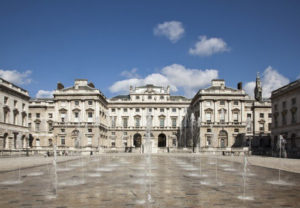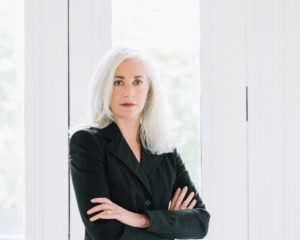|
Issue Six As institutions are considering creative initiatives to meet current realities, like expanding online platforms and increasing educational opportunities, and even weighing the option of de-acquisition from their collections to meet fiscal expectations, we are asked to answer questions about how and why we value art and culture in society today. Art has the power to help economies thrive, bringing much needed revenue through attendance and tourism. Art institutions educate and enrich the public and the communities they serve. They can also create greater cultural understanding. Supporting arts organizations not only broadens audiences, protects cultural heritage, and celebrates diverse cultural traditions, it supports artists and provides employment for many. Museums and other arts institutions face unprecedented challenges, so the connection between art and investing for their organization’s future is more pressing than ever. Mary Rozell, Global Head of the UBS Collection, shares her path from German Expressionism at The Courtauld to a career as head of one of the most significant corporate collections. Helen Lee-Warren |
Mary Rozell
MA, 1994
Was there a life-changing experience that led you to pursue your career?
When I was growing up, I was not surrounded by art and it never occurred to me that I could make a career of it. I thought I might pursue science. During my sophomore year at college, however, I got to participate in a one-month study trip to Egypt – my very first time ever out of the country – and I never looked back. I realized that art could offer everything: history, beauty, sociology, politics, even science. (My study of geology at that time informed my understanding of the ancient Egyptian monuments.) Upon my return, I immediately applied to spend the next year in Paris, to immerse myself in art.

What is your most striking memory of The Courtauld?
The atmosphere. Walking into the magnificent courtyard at Somerset House was a treat each and every day. I would often pause to take it in, even in the rain. The Institute itself seemed rarified and a bit antiquated to my American sensibility – I remember the handwritten card catalogue! – but I appreciated every minute of my time there. Having already worked and been to law school before I got to The Courtauld, my time there felt like a luxury.

Are there any experiences that stand out?
I was writing my thesis on German Expressionist architectural studies and I received a travel grant to review some archives in Frankfurt. One of my classmates happened to be from Frankfurt (there were only seven of us in that MA program), and she generously gave me the keys to her family home so that I could stay in her room. I was out doing research and seeing exhibitions all day and then returned to this beautiful home at night, and tip-toed to this room. I never met or saw her family during my stay. At the time, we did not have email or cell phones so interactions were left to chance.
What do you miss most about living in London?
I much prefer visiting London now than I did living there. Back then, it was wildly expensive with the exchange rate, the food was not great, and attitudes were not so open. I did not feel as free as I would have liked, though I did appreciate the history, the museums, all the British charms, and my walks in the nearby Hampstead Heath.
How did you end up working at a bank?
My journey to the UBS Art Collection was long and winding. I started out focusing on private art collections twenty years ago when by chance I went to work for a private collector, continuing on to create a course on collecting at Sotheby’s Institute of Art and writing a book on the subject. When the opportunity at UBS came up, I was intrigued; corporate collections were the “stone unturned” in my collection experience, and I had followed Don Marron’s legendary collecting for PaineWebber from the early days. The offer to be the steward of that collection was something I could not turn down.
If you were not in the art world, what would you be doing?
I would be a writer or historian of some sort. I still love research and have an ongoing passion for 20thcentury German history.
How have you found relief or joy during these past months?
Unlike some, I have found relief being home. I was never keen on my subway commute to midtown from Brooklyn, and I’d been traveling abroad for at least one week a month for a number of years – always packing a suitcase, fretting over what I was supposed to wear at events, and adjusting to time zones. As much as I love travel, I am happy to be able to enjoy my house each day, slow down, and pay attention to the birds out my window.

Mary Rozell is Global Head of the UBS Art Collection and author of the recently published The Art Collector’s Handbook: The Definitive Guide to Acquiring and Owning Art (Lund Humphries, 2020). An art lawyer and art historian, she has been an adviser to collectors, artists, and estates on legal and strategic issues relating to the acquisition, management, and de-accessioning of private art collections. She was previously the Director of Art Business at Sotheby’s Institute of Art-New York.
Previous Postcards:
Deborah Swallow — Märit Rausing Director of The Courtauld
Bill Griswold — Director of the Cleveland Museum of Art
Jason Farago — Art Critic, The New York Times
Joachim Pissarro — Art Historian, Theoretician, and Director of the Hunter College Galleries
Sara Turner — US Department of Justice
Mary Rozell — UBS Art Collection



